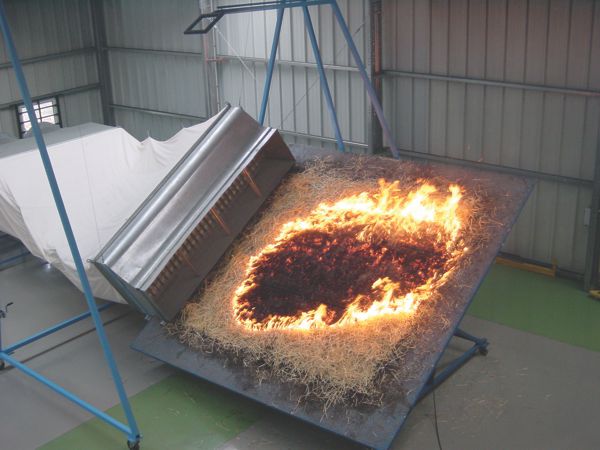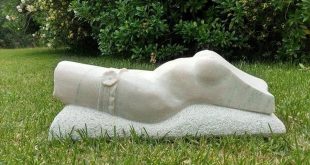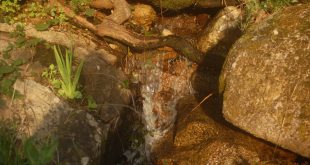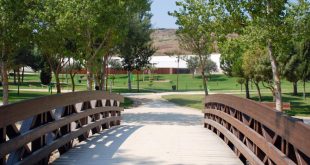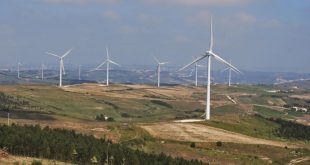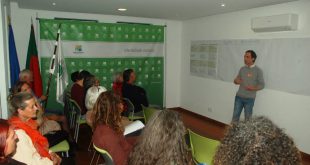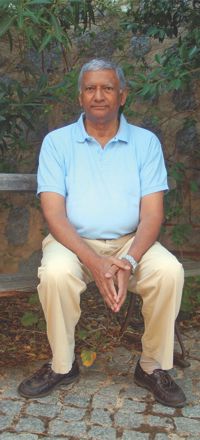 I was born in Goa, India – Domingos Xavier Viegas opens a conversation with ECO123 in the publisher’s garden. I am a Portuguese citizen and I came with my parents and three sisters to Portugal in 1957. My parents wanted to give us a higher education and understood that this would not be easy if we stayed in Goa. My father was a civil servant, and he sensed that India wanted to annex Goa, so he decided to come to Portugal. We left Goa in 1957 and in 1961 it was taken by the Indian Union. After that, I went back to Goa a few times and kept in touch with family in Goa, in India and in Pakistan. We have family all over the world.
I was born in Goa, India – Domingos Xavier Viegas opens a conversation with ECO123 in the publisher’s garden. I am a Portuguese citizen and I came with my parents and three sisters to Portugal in 1957. My parents wanted to give us a higher education and understood that this would not be easy if we stayed in Goa. My father was a civil servant, and he sensed that India wanted to annex Goa, so he decided to come to Portugal. We left Goa in 1957 and in 1961 it was taken by the Indian Union. After that, I went back to Goa a few times and kept in touch with family in Goa, in India and in Pakistan. We have family all over the world.
As children we dream about our future. Was this your dream, to be a professor at the University of Coimbra and a specialist in forest fires?
No. My dream as a child was to be an aeronautical engineer. Aviation was my passion and what I liked was building machines, in this case aeroplanes. But then, little by little, I had to re-orientate myself, because in Portugal there was no such opportunity. I had no intention of emigrating either, I thought we should make our contribution to the country. I searched for an area in my academic career that would give me the freedom to do not only what I like, but what I understood to be important and necessary.
How did the subject of fires come to you?
I’m a mechanical engineer. My specialty is in aerodynamics and I worked in industrial aerodynamics, wind engineering, wind flow in relation to industry, such as for example vehicle aerodynamics and the action of the wind on structures, but I was always concerned with social issues. I am concerned, for example, about traffic accidents, and other issues that affect society right now such as forest fires.
And when did you truly feel this call?
When I was 16 years old, an accident occurred in Sintra, where 25 firefighters died. It was 1966. I was very affected – because I lived near that area and visited the site of the crash a few days later. Later, in 1985, shortly after finishing my doctorate, an accident occurred in Armamar in which 14 firefighters from the same fire brigade died. What one read in the newspaper was that the wind had changed, had shifted direction unexpectedly and thus caused the death of these people. I thought that if we study wind action in various situations, why not try to understand what goes on in fires, to help people and prevent these types of accidents?
Your investigations are known for their accuracy. You investigate the often unexplained causes of forest fires. Your team discovered the source of the forest fires of Pedrogão Grande in 2017 and of Monchique in 2018. I read the report to the Assembly of the Republic with great interest. It’s pioneering work. How did it begin?
I started a small project at that time, in 1985, with my students and colleagues. Little by little more people came together, even from other specialisations – almost nobody had been studying forest fires in Portugal – and we were getting support, first for small projects, then we got projects from the European Union. So I was creating a research program with different disciplines, different areas, forming a team, creating working conditions and structures. We currently have some work that we’ve done and the ability to provide a service. We are pleased because we’ve been fulfilling our purpose of better understanding the behaviour of fire and contributing to the improvement of people’s safety. And we’ve been able to make some improvements to the system, particularly regarding fire safety. It now remains to do so in relation to people.
At 69 you are still working?
Yes, because I like it. And so it will be, as long as I have the strength and mental capacity and people want me. I’ve been working on this subject for nearly 40 years.
If we look back, what is remarkable?
The history of fires in Portugal. In a statistic for the 1940s we see the burnt area and the fires. If we look at the logarithmic scale rather than the linear arithmetic scale, we see that from the 1940s to the 1970s we had dozens or hundreds of fires in the country. Then there was a leap in the 1980s, and now we are having 20-30,000 occurrences a year. The amount of area burnt follows the same pattern. It was increasing and then we have three remarkable years: 2003, 2005 and 2017. These were catastrophic years.
What explains this growth?
There are many factors. Firstly, in the 1940s, there was the planting of pine forests, which grew and became available to burn in the 60s, 70s. During this time, people were leaving the rural areas, no longer using the scrubland (matos) or cultivating the fields surrounding the villages that protect them from the advance of fire. Nor should we forget that during these years the temperature rose by at least two degrees. These are all factors that contributed to this trend in these decades. Of course there were other factors – for example, improved combat systems, but it’s a developing process, and it doesn’t seem to be coming to a stop.
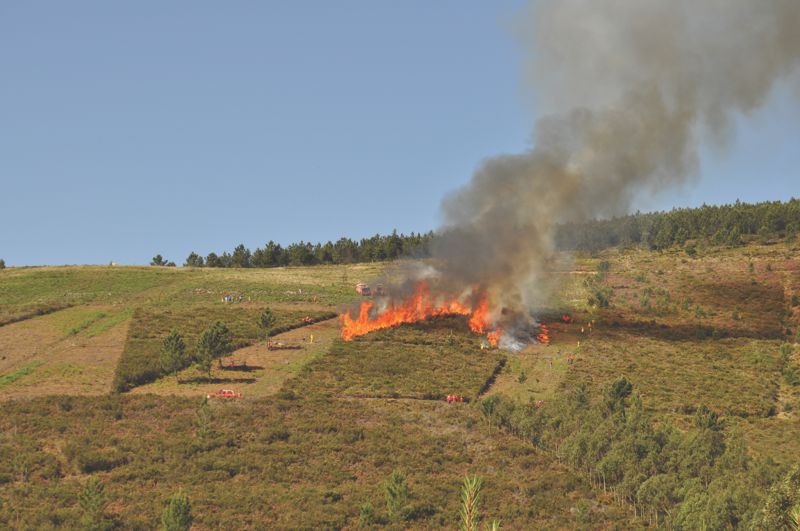
Have the effects of climate change been taken into account in your work?
We can observe, at least from the year 2000 until now, that it is raining less and less. We experience prolonged summers and droughts with heatwaves. Over the years, we’ve witnessed an improvement in combat effectiveness, which is one of the main sectors that has made progress in our country. For this reason, of the 20 or 30 thousand fires that start, only 20% are more than one hectare. The big problem is the high number of occurrences per day over the years between 1997 and 2017. There were days when we had over 500 or even 600 occurrences – and these are days in the peak of summer. And the result of this is that the more fires we have per day, the more forest burns. Even if we greatly improve combat effectiveness, we run the risk of having years like 2017, when weather conditions are so adverse, that there is a risk that far more will get burnt.
In 2017 it was the turn of the centre and north of the country – fire burned from the sea to the interior – on three dates. There were victims in various municipalities. Since 2017, our team has been paying close attention to another statistic – that of the number of fatal accidents – a toll of 120 deaths. I have studied these two events in detail and, in relation to the fire in Pedrogão, which ignited quickly with very high temperatures. Here in the Algarve they know about temperatures of 40, 42 degrees, but a lot of people in the cities are unaware of these. At these temperatures, winds that are boosted in thunderstorms play a special role in combating forest fires. What do firefighters have to face when they are near a fire with these temperatures?
This is what happened in Pedrogão, as there were two outbreaks that caused the firemen to disperse. Our team, through their research, has established that these outbreaks started on a 15 kilowatt cable in two locations about three kilometres apart, one hour apart. They tackled Escalos first. Then, when the other one started, they no longer had the resources to attack it. There was a set of cameras – which recorded the entire fire. Many people are unaware that there was a lightning strike in the direction of the fire. This lightning, when it came close, did what we can see in the video footage. Between 6 pm and 6:15 am, the work invested in these two fire outbreaks was abandoned and the fire spread over a very large area of the area. From then on, if it was already difficult to control the fire, it became impossible. It entered the villages, endangering people’s lives.
How did you register so many deaths? How should we behave in cases of forest fires?
I was at the scene the next morning in the morning and watched the removal of the bodies. I spoke to all the survivors, people who passed by, who were on that road. And what I heard and learned, I think should be known to everyone, in order that we seek to avoid these situations. On this stretch of road there were slopes with trees right up to the verges. A pine tree that was already leaning over fell and blocked the road. The fact that this pine tree was there, meant that ten cars, which went into this section, couldn’t get out of there. I know people whose family members died precisely because of this pine tree. We know that there were cases of people who were in their house at eight in the evening who decided to leave and ended up dying on the road. In the village water tank in Nodeirinho, eleven, twelve people survived, but near them, around the village many others died. It’s important for communities to know that there are such resources. My colleagues walked for three months from house to house to survey the full impact of the fire. This survey enabled us to know that most of the houses were destroyed due to the impact of secondary outbreaks and because the area around houses hadn’t been cleaned.
Let’s talk about Monchique?
In Monchique I’ve had contact with several fires. The first was in September 2003, when there was a victim, Mr. João Nunes, whom I know was the only fatality in the Algarve. I came to Monchique to study this case. Then we have the 2018 fire that, according to the data, started in the locality of Perna de Negra, very close to a medium voltage (15kV) power cable that runs through the site where the fire started. In particular, the cables that cross areas with eucalyptus should be the object of extreme attention, due to the rapid growth in height of the eucalyptus trees, which may boost a discharge due to touch, or even cause power lines to fall at times when the wind is very strong. I am aware that the evacuation of Alferce didn’t go as the authorities had intended. It’s increasingly felt to be vital to allow people who are fit and able to stay, so they can defend their property.
What can we do to prevent forest fires?
We know it’s a complex problem, that’s difficult to understand, many fires begin through human action, some through negligence, others because of malicious intent, but we mustn’t forget those causes which I’ve mentioned, those ignitions that start in another way. Citizens are part of the problem and we have to work to resolve this. The National Forest Fire Protection System is based on four pillars: ICNF and ANPC and the GNR. The fourth pillar is all of us. It is us who make up all the entities that are not part of those three other pillars. It’s also important to mention the role of the municipalities. We must react, taking advantage above all of this moment because it is proving to be true that there is a will to do so. The fires of 2017 and 2018 will recur. They have happened and will happen again in the future. The consequences are that they cannot be like they were in 2017.
One of the things we mentioned is that better quality of life conditions should be ensured for all people living in forest areas. We have found that for years and years our country has not taken advantage of the available resources. We have to prepare the country for an extreme fire scenario. We cannot compromise with an absence of defense plans. The population should not leave their homes but, if necessary, the evacuation plan should be carried out. We have to improve the provision of medical disaster relief, create a search and rescue space with our own resources. Many places have set up their own protection organisations. They are not firefighters, but they are people who train, equip and have vehicles as if they were firefighters. In 2016 there was a fire in Funchal – and we visited this fire. One of the things we observed was a house, which was one of the most vulnerable, remained untouched. It was intact because its owners had been careful to prepare themselves to defend it, with water pipes all around it. Fire had come from all directions and didn’t destroy this house.
Through our research we are trying to develop solutions. If there was a defense system around houses or villages, it would give people much more security and prevent destruction of property. These are the lessons we have to learn. We have to deal with the problems, improve our knowledge about fires and be aware that it’s often beyond our ability to extinguish these fires. Society has to prepare to face these situations. We have to recognise that in many situations people may be endangered and will have to be removed from their homes, but it won’t always be like this. Work has to be done with local authorities to identify risks, reduce the amount of combustible material and reduce the level of emissions. We must also find ways to warn people in advance. We have to prepare communities to resist fire even without external help. One survivor of the fires who saw two family members who fled die told us this: “Even if I live to be 100 years old I will never run away from my home during a fire.”
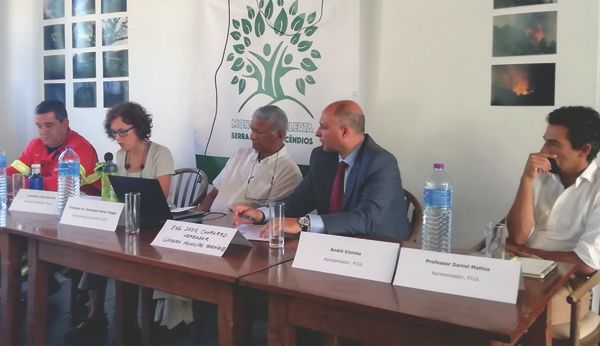
Thank you so much for visiting Monchique.

 Eco123 Revista da Economia e Ecologia
Eco123 Revista da Economia e Ecologia

